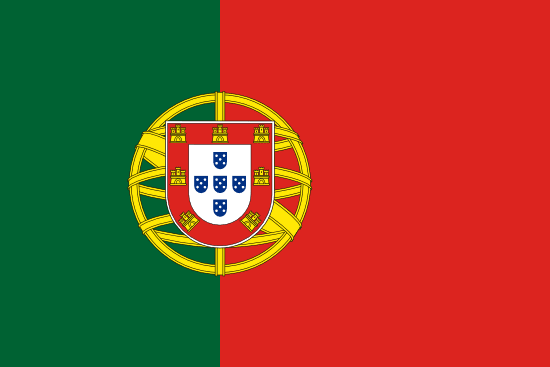"Não há terra como a sua | There is no land like your own"
About:
Lisbon, the capital of Portugal, was founded by the Phoenicians around 1200 BC. It was later ruled by Romans, Visigoths, and Moors before becoming the capital of the Kingdom of Portugal in 1255. Lisbon flourished during the Age of Discovery in the 15th and 16th centuries. The city was largely destroyed by a massive earthquake in 1755 but was rebuilt. In the 20th century, Lisbon survived dictatorship and revolution to become a vibrant, cosmopolitan city and a major economic center in Europe.
When to visit:
The ideal time to visit Lisbon, Portugal on a holiday is during the spring and fall seasons, specifically in April to June or September to October. During these months, the weather is mild and pleasant, making it perfect for exploring the city's historic sites and charming neighborhoods. Additionally, you can avoid the peak tourist crowds that flock to Lisbon during the summer months, allowing for a more relaxed and authentic experience. Be sure to check for any local festivals or events happening during your visit to fully immerse yourself in the culture of this vibrant city.
When to avoid:
Traveling to Lisbon during the height of summer, typically July and August, may not be the best choice due to the extreme heat and influx of tourists. The city can become crowded, making it difficult to fully enjoy popular attractions and experience the local culture. Additionally, prices for accommodations and activities tend to be higher during this peak season. For a more comfortable and cost-effective visit, consider traveling during the shoulder seasons of spring or autumn when the weather is milder and the crowds are thinner.
Winter (Dec-Feb)
In Lisbon, the wettest and coldest season falls between November and February. Average temperatures range from 8°C to 15°C, with January being the coldest month. Rainfall is highest in November, averaging around 127.6mm. During this period, Lisbon experiences less sunlight, with only 5-6 hours of daylight per day, and increased cloud cover. An average day for a visitor may involve overcast skies, intermittent showers, and chilly breezes. Despite this, the city's beauty shines through, with fewer tourists and a more authentic feel.
"Summer (June-August)"
In Lisbon, the warmest part of the year falls between June and August. During these summer months, average high temperatures range from 25°C (77°F) to 28°C (82°F). It's the driest part of the year, with average rainfall of approximately 4mm to 16mm, mostly in the form of brief showers.
Lisbon is known for its abundant sunlight, and summer is no exception. You can expect approximately 11-12 hours of daylight each day, with clear, mostly cloudless skies. Humidity is relatively low, typically around 60-70%, contributing to the overall comfort of the warm weather.
A typical day for a visitor in Lisbon during summer would feel warm, but not excessively hot, with plenty of sunshine. The mornings start off cooler, gradually warming up towards the afternoon, and cooling down again in the evening. The lack of rain and low humidity make it perfect for outdoor activities and sightseeing. The evenings are comfortably warm, ideal for alfresco dining or strolling around the city. The skies are mostly clear, allowing for beautiful sunsets and starlit nights.
Language:
In Lisbon, the capital city of Portugal, the most commonly spoken language is Portuguese. It's the official and dominant language in all aspects of daily life. However, due to tourism and international business, English is also widely spoken. Additionally, languages like Spanish and French are understood and spoken by a significant number of residents.




